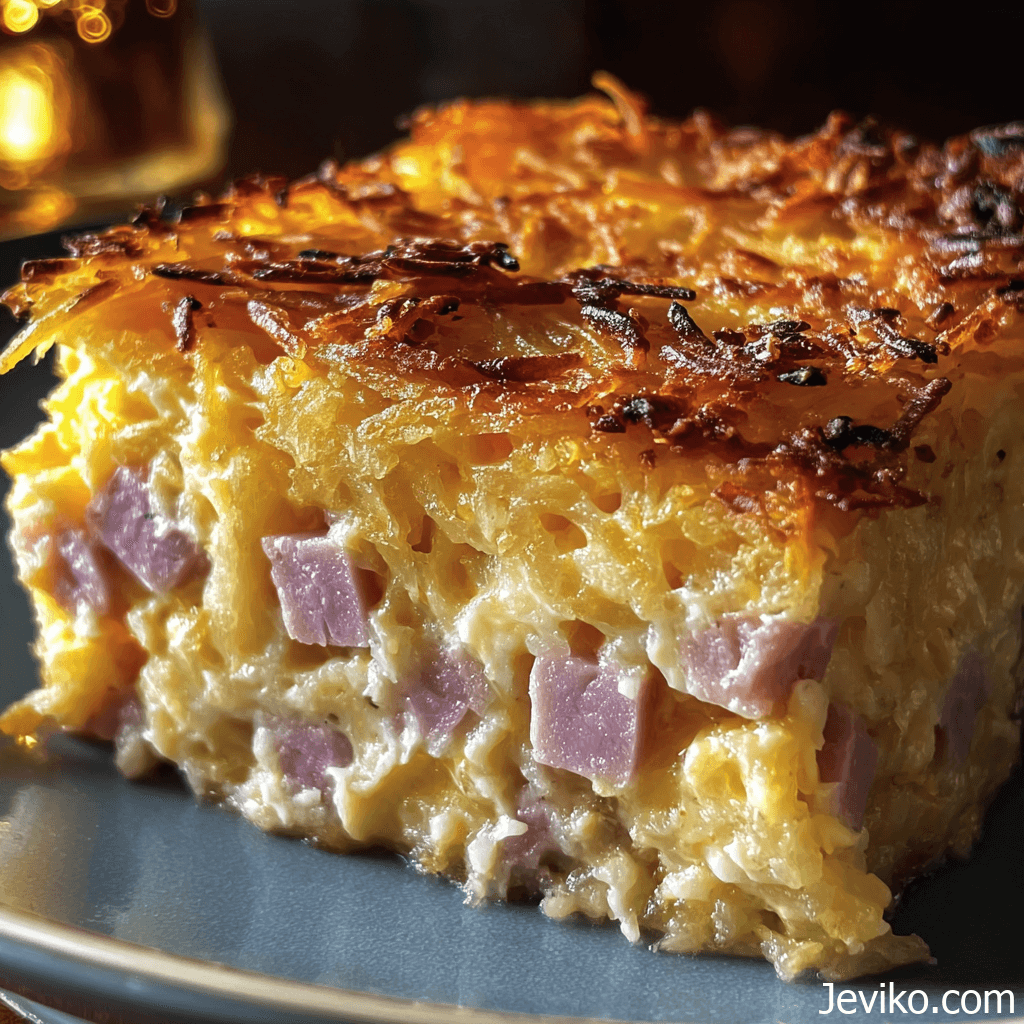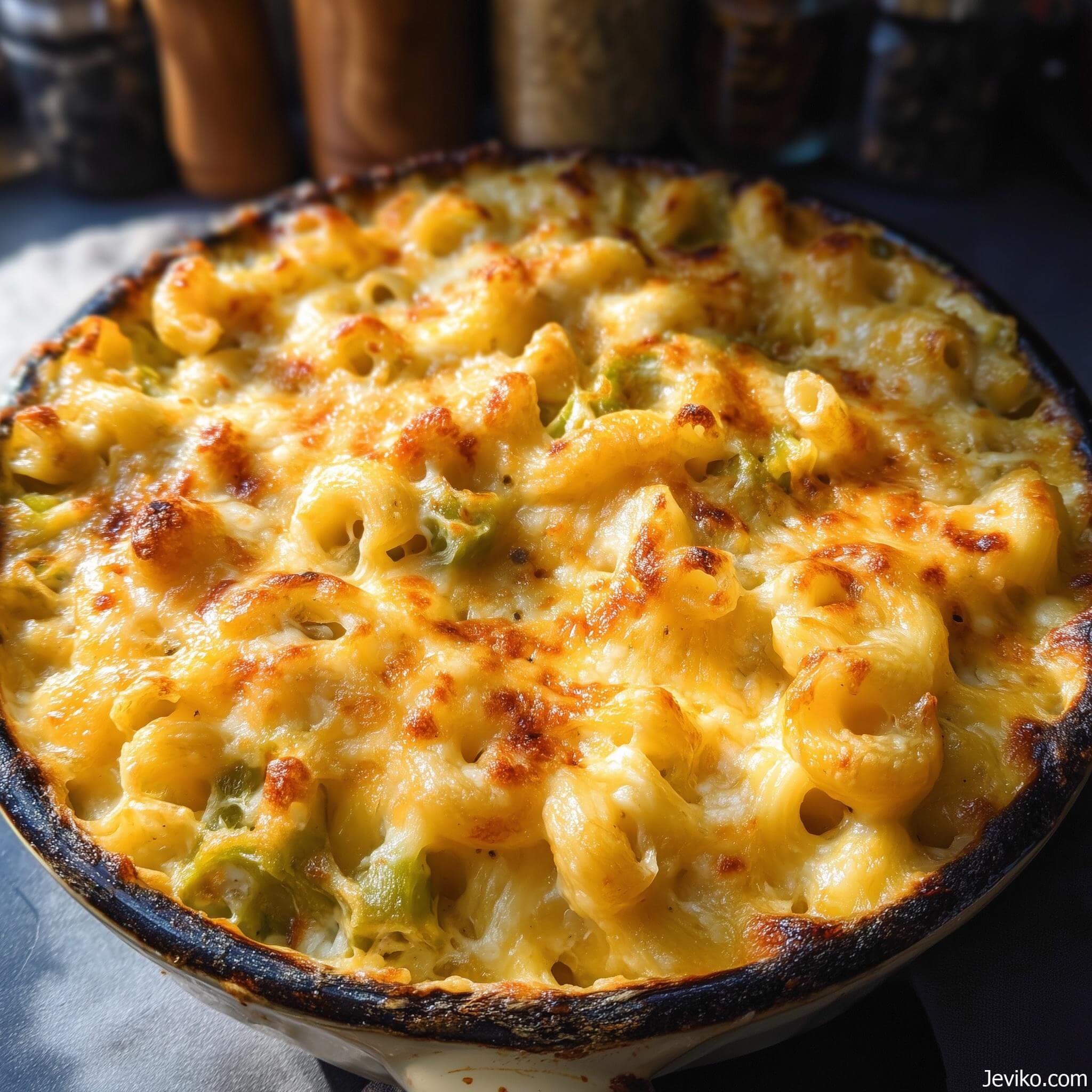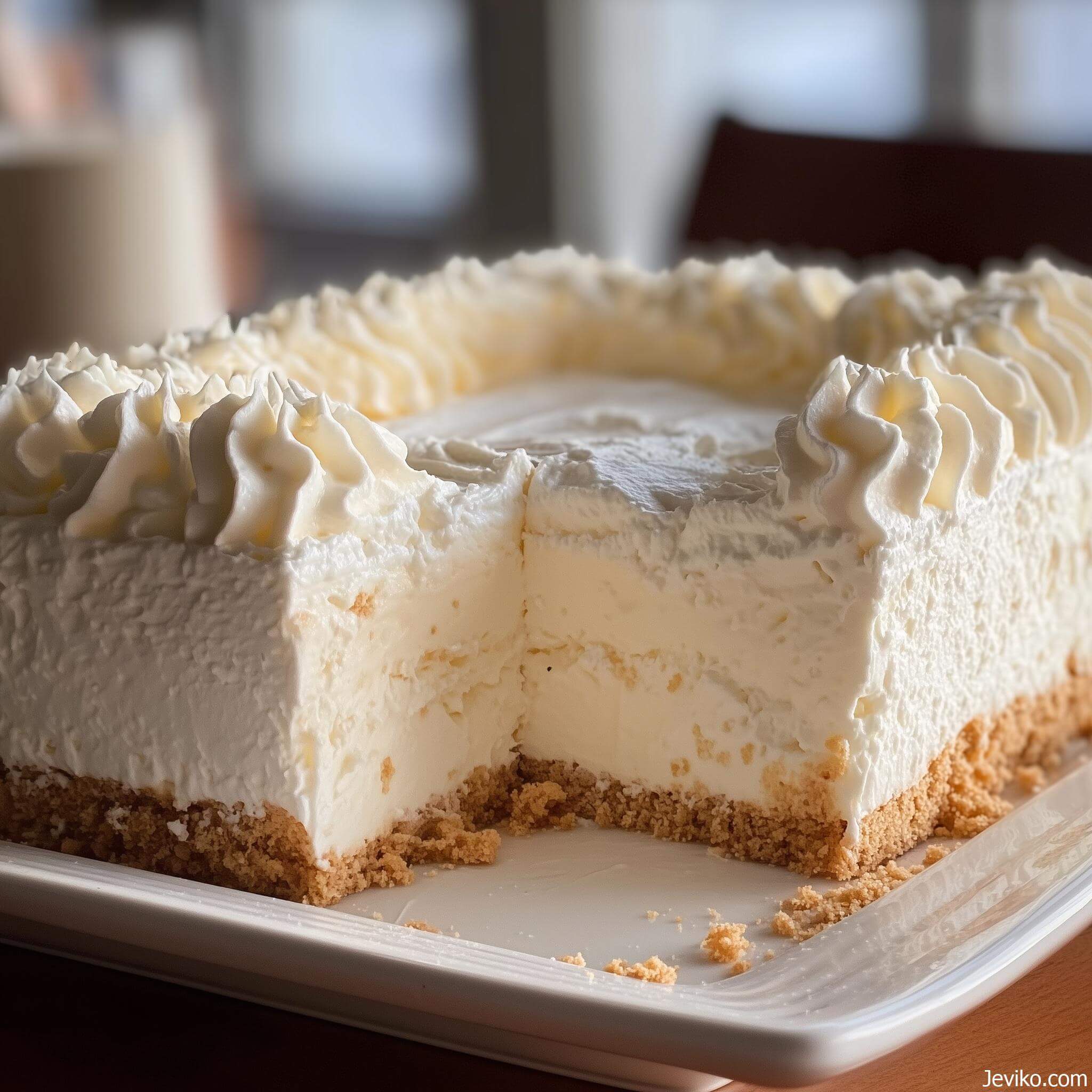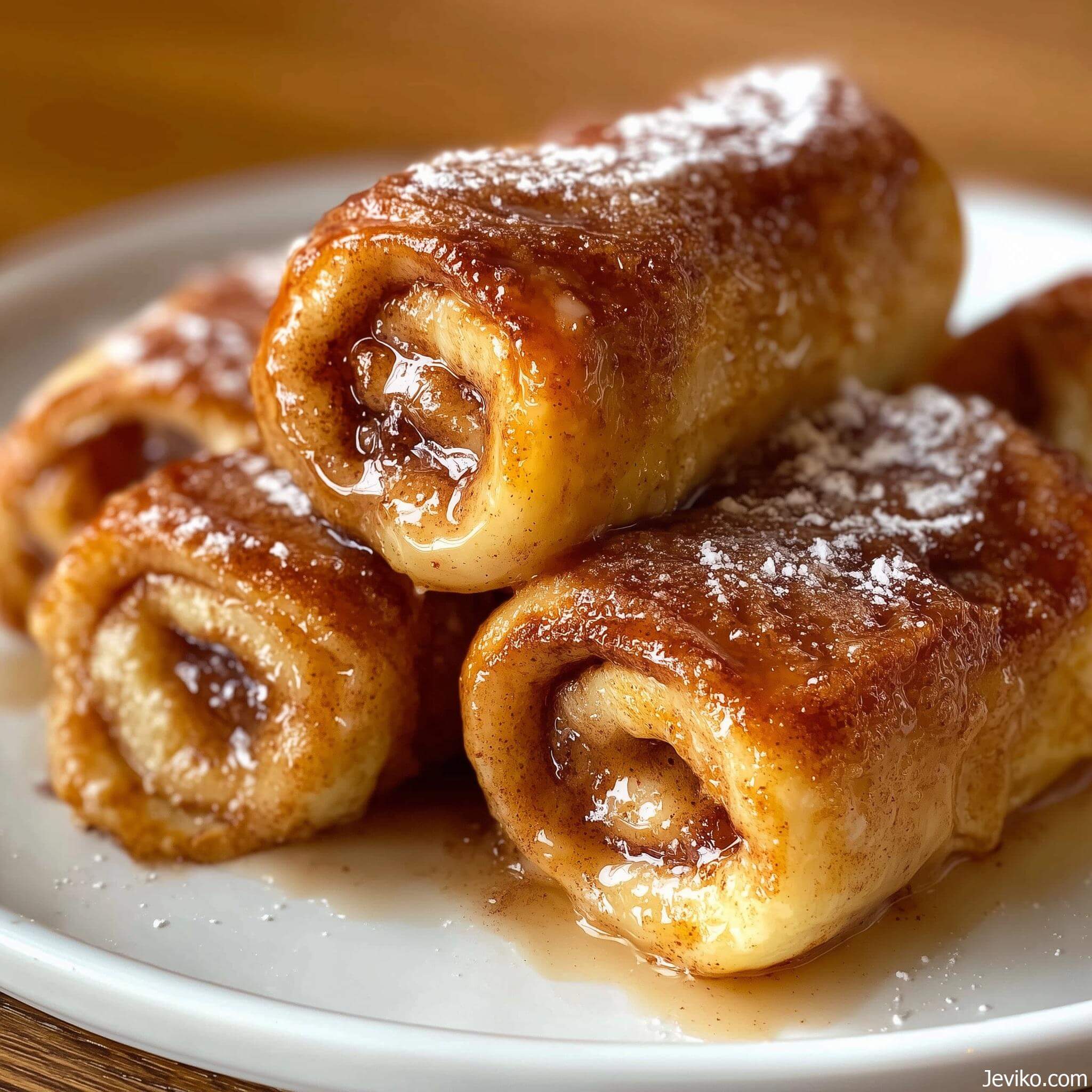
Embark on a gastronomic adventure that elevates the mundane, where each bite encapsulates the passion and history interwoven into the tapestry of Latin American culture. More than a mere sweet treat, the Tres Leches Cake narrates a flavorful saga that has adorned celebratory feasts and offered solace in familial gatherings. This confection melds simplicity with magnificence, infusing a sponge cake with a medley of milks that result in a confection that is luxuriously moist yet surprisingly airy.
As we set out to recreate this culinary work of art in our own kitchens, curiosity might pique regarding the intricate details that crown the Tres Leches Cake as an enduring favorite. Consider these insights as you compose this dessert’s melody:
Where did Tres Leches Cake originate?
The birthplace of Tres Leches Cake is shrouded in a bit of mystery, with several Latin American countries, including Nicaragua and Mexico, staking a claim. The dessert soared in popularity when Nestlé began printing the recipe on its condensed milk cans in the 1940s, leading to its staple status in Latin American homes.
What milks are traditionally used in Tres Leches Cake?
True to its name, the cake is drenched in a trio of milks: evaporated milk for a touch of richness, sweetened condensed milk for a hint of sweetness, and whole milk or cream to add indulgence.
How do you keep the cake from getting too soggy?
It’s all about the cake’s foundation—it must be airy and resilient, usually achieved with a chiffon or sponge cake that holds up against the moisture. Pour the milks slowly, giving the cake time to evenly soak up the liquid. A little rest enhances the absorption for a perfectly moist texture.
Can Tres Leches Cake be made dairy-free?
Certainly! Replace the traditional milks with plant-based or lactose-free alternatives such as almond, soy, or coconut milks. Though the taste will vary, the essence of the dessert remains.
Should Tres Leches Cake be refrigerated?
Absolutely, given its creamy elements, it’s crucial to chill the Tres Leches Cake. Keep it sealed tight to maintain freshness and prevent it from taking on other flavors in the refrigerator, where it can be savored for about five days.
Is it better to prepare Tres Leches Cake ahead of time?
Indeed, it’s preferable. Making the cake a day in advance allows the milks to thoroughly meld with the cake, enriching its flavor and moistness.
What toppings complement Tres Leches Cake?
A traditional Tres Leches Cake often dons a crowning layer of airy meringue or whipped cream. Garnishes might include fresh fruits such as strawberries, or a dusting of cinnamon or chocolate curls for those who fancy a twist.

Prep Time: 30 minutes
Cook Time: 30 minutes
Total Time: 1 hour
Ingredients:
- 1 cup all-purpose flour
- 1.5 tsp baking powder
- 1/4 tsp salt
- 5 large eggs (separated)
- 1 cup granulated sugar
- 1/3 cup whole milk
- 1 tsp vanilla extract
- 12 oz evaporated milk
- 14 oz sweetened condensed milk
- 1/4 cup heavy cream
- For the Creamy Topping:
- 1 cup heavy cream
- 3 tbsp granulated sugar
- 1 tsp vanilla extract
Instructions:
- Warm the oven to 350°F and prep a 9×13-inch baking dish for the cake.
- In a spacious bowl, blend the flour, baking powder, and salt to ensure an airy cake structure.
- Whisk the egg yolks with 3/4 cup sugar in a separate bowl until they adopt a light yellow hue. Introduce the whole milk and vanilla before folding it into the flour blend.
- Whisk egg whites till they form soft peaks. Add the remaining sugar and beat until you see stiff peaks. Incorporate this into your main batter to aid the cake’s rise.
- Empty the batter into your baking dish, leveling the top. Bake for roughly 25-30 minutes. Let it cool post-baking.
- Combine the three milks in a pitcher. After cooling the cake, perforate its surface with a fork and drench it with the milk blend. An hour’s refrigeration is a must.
- For the topping, whisk the cream with sugar and vanilla until thick and spread over the cake. Store in the fridge until it’s time to indulge.
Cooking Tips:
- Ensure the cake has completely soaked in the milk blend for optimal flavor.
- Fancy a tropical note? Coconut milk in the mix can be delightful!
- Adorning with fresh berries or a dash of cinnamon can work wonders.
- Use room-temperature eggs for maximum fluffiness.
- Vigilance is key while whipping the cream to prevent it from turning buttery.
- An airtight container is best for preserving the cake’s succulence.









